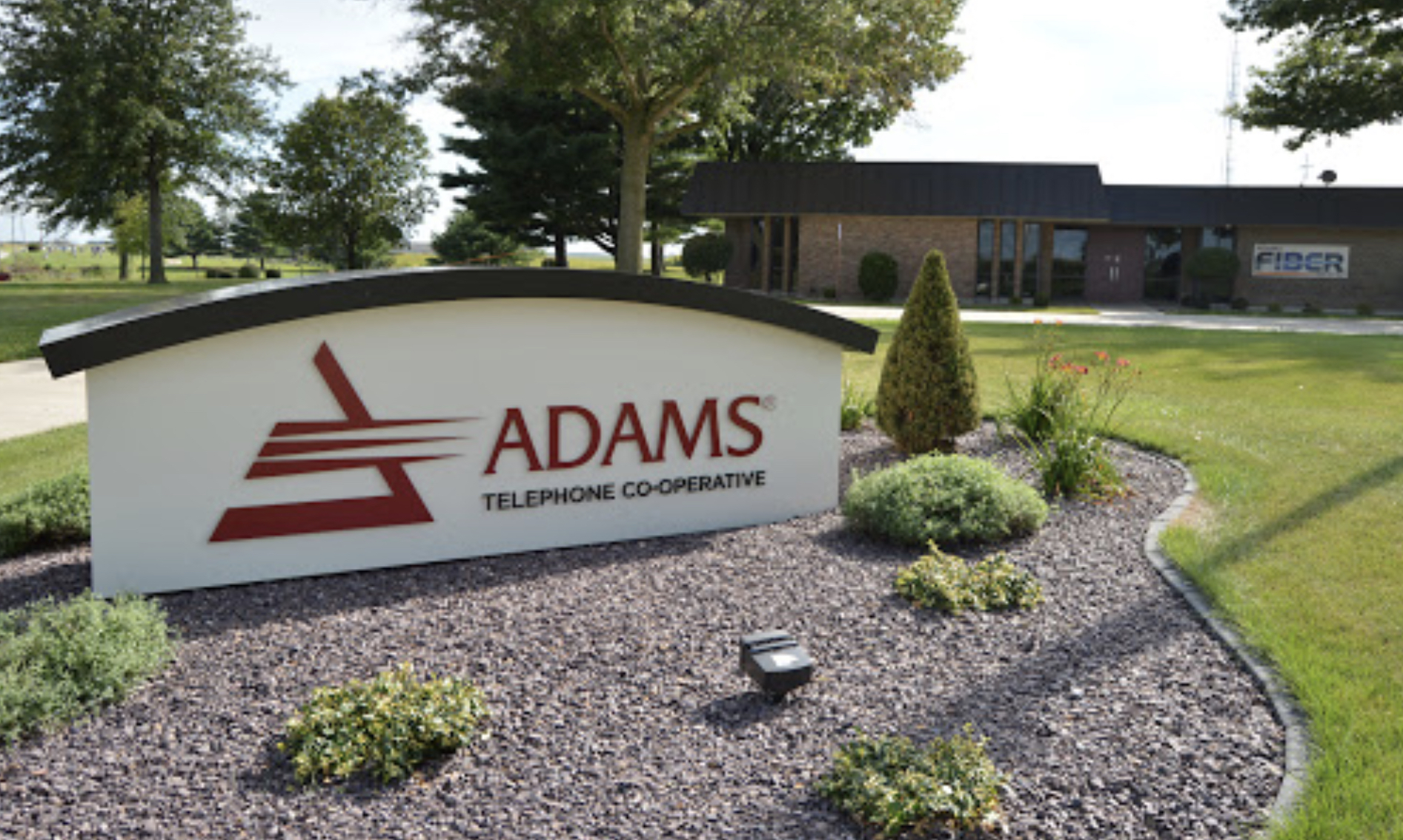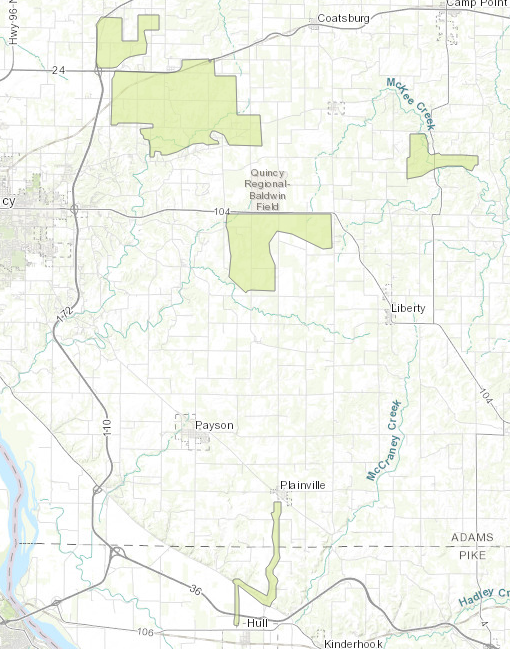DCEO grant for $1.25 million to help Adams Telephone Cooperative expand broadband access in Adams, Pike counties

SPRINGFIELD — The Illinois Department of Commerce and Economic Opportunity awarded a $1,252,041 grant to Adams Telephone Cooperative in Golden that will help expand broadband access to about 200 unserved homes and businesses in Adams and Pike counties.
The DCEO’s Office of Broadband announced on Wednesday $47 million in funding for 22 projects through the second round of Connect Illinois, the state’s broadband expansion plan.
The Office of Broadband is making $350 million in funding available through a third round of grants. The state will award grants through 2024 or until funds are depleted. Gov. J.B. Pritzker’s $45 billion Rebuild Illinois capital plan, as well as federal broadband funding available through the American Rescue Plan Act, provided funding for Connect Illinois.
The second round of funding includes $23 million in Connect Illinois grant awards matched by $24 million in nonstate funding. Plans are to expand broadband access to approximately 13,000 homes, businesses, farms, and community institutions.
“When you look at our counties in general, (broadband is) needed everywhere,” said Jim Broemmer, chief executive officer at Adams Telephone Cooperative. “We submitted some applications, and we’re trying to get access to some funding to help build these high-cost areas. We keep looking at how to make a difference to these rural areas where it’s costly to take infrastructure.”
Broemmer says broadband access can come in many different forms. However, Adams will use the state funds to install fiber access. Adams also is matching the state grant with $1.2 million of its own money.

Four areas will receive the fiber access:
- An area near Burton, south of Ill. 104 near Quincy Regional Airport;
- A thin area between Plainville and Hull straddling the Adams/Pike county line;
- An area south of Camp Point on South Main Street near McKee Creek;
- An area east of the intersection of U.S. 24 and I-172 in northern Adams County.
“When you look at those dollar figures, it gives you an idea of what it costs to bring infrastructure to rural areas — and when I say rural areas, I mean deeper areas of our counties,” Broemmer said. “It’s very expensive when you look at spending $2.4 million to get to 200 locations.”
Broemmer said it could take up to a year before those areas will get broadband access.
“There’s a lot of processes we have to go through to move the project forward,” he said. “We’ve got a lot of work ahead of us as we work with the state with those next steps. The state side has a lot of stuff to put in place to enable everything to occur. Our goal is to see it happen sooner rather than later.
“Most consumers have an (internet) option, but so many of those options are not good options. That’s why you’re seeing these programs come to be. We’re trying to make sure they get services to people to enable them to do what they need.”
“Thanks to these investments, thousands more families and businesses will have access to the economic opportunity, education and healthcare that come with 21st century connectivity,” Pritzker said in a press release. “Connect Illinois is all about opening doors and closing gaps for our residents, delivering demonstrable change to people’s lives and real opportunity for new business development and new jobs. I’m grateful to our partners in making this round of projects possible – and with another $350 million already available for the next round, this impact is just the beginning.”
DCEO officials reviewed and evaluated grant applications on a competitive basis. Proposals were evaluated in seven categories: project impact; nonstate match and demonstration of need; community support; project readiness; project viability and sustainability; affordability and adoption assistance; and open access, shared use and business strategy.
The $350 million available through the third round of funding largely mirrors requirements of the first two funding opportunities, with the exception that grant matching minimums will no longer be a requirement for applicants. The program’s merit review process places value on qualified projects that also include significant nonstate match, thereby incentivizing applicants to contribute as much nonstate match as possible. The maximum grant award will increase from $5 million to $10 million, with applicants invited to seek multiple grant awards over the next several years.
Miss Clipping Out Stories to Save for Later?
Click the Purchase Story button below to order a print of this story. We will print it for you on matte photo paper to keep forever.

